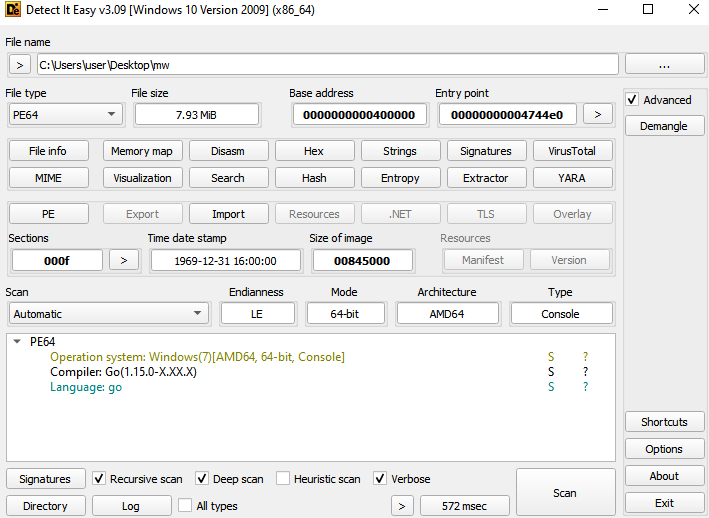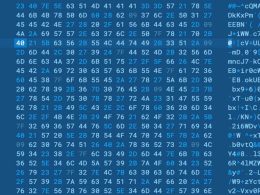The new Golang backdoor uses Telegram for command and control. Netskope discovers malware that exploits Telegram’s API for malicious purposes. Learn how this threat works and how to protect yourself.
Cybersecurity researchers at Netskope have discovered a new, functional, but possibly still-in-development, Golang-based backdoor that uses Telegram for command and control (C2).
This malware (Trojan.Generic.37477095), apparently of Russian origin, takes advantage of cloud services like Telegram, which are easy for attackers to use and difficult for researchers to monitor. This method of C2 communication avoids the need for dedicated attacker infrastructure. Other cloud platforms like OneDrive, GitHub, and Dropbox could also be misused in this way.
Upon execution, the malware, compiled in Go, initiates an “installSelf” function. This function checks if the malware is running from the designated location and filename: “C:\Windows\Temp\svchost.exe”. If it does not, the malware copies itself to that location, creates a new process to launch the copy, and then terminates the original instance. This process, executed in an initialization function, ensures the malware runs from the intended location before proceeding.

For C2 communication, the backdoor employs an open-source Go package to interact with Telegram. It establishes a bot instance using the Telegram BotFather feature and a specific token (8069094157:AAEyzkW_3R3C-tshfLwgdTYHEluwBxQnBuk in the analysed sample). The malware then monitors a designated Telegram chat for new commands.
The malware supports four commands, but only three are currently implemented. It validates the length and content of received messages before execution. The “/cmd” command requires two messages: the command itself, followed by a PowerShell command to be executed.
In the next phase, the malware sends a Russian-language prompt (“Enter the command:”) to the chat after receiving the initial command and then waits for the subsequent PowerShell command. This command is then executed in a hidden PowerShell window.
The “/persist” command replicates the initial installation check and process, relaunching the malware and exiting. The “/screenshot” command, while not fully implemented, still sends a “Screenshot captured” message to the Telegram channel.
The “/selfdestruct” command deletes the malware file (C:\Windows\Temp\svchost.exe) and terminates the process, notifying the Telegram channel with a “Self-destruct initiated” message. All command outputs are transmitted back to the Telegram channel via the “sendEncrypted” function.
This exploitation of cloud applications for malicious purposes highlights the challenges faced by defenders.
“Although the use of cloud apps as C2 channels is not something we see every day, it’s a very effective method used by attackers not only because there’s no need to implement a whole infrastructure for it, making attackers’ lives easier, but also because it’s very difficult, from a defender perspective, to differentiate what is a normal user using an API and what is a C2 communication,” researchers noted in their technical blog post.
To stay protected, ensure you have up-to-date and reputable antivirus and anti-malware software installed on all your devices. These solutions should be capable of detecting and blocking malicious files, including Go-based executables.









